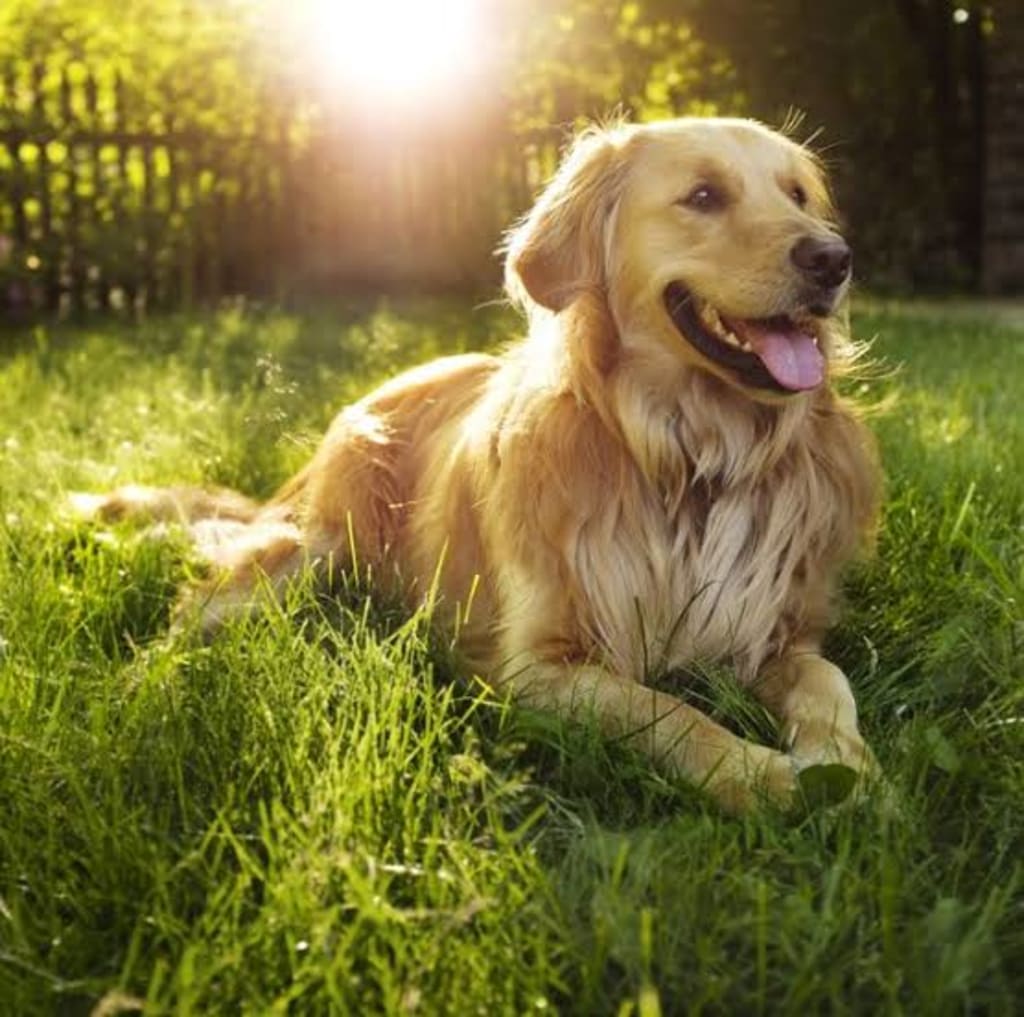
Dogs are domesticated animals and have a long history of coexisting with humans. They are believed to have evolved from wolves, which were first domesticated by humans about 15,000 years ago. Early humans likely took in wolf pups and raised them as companions, eventually leading to the creation of a new species of domesticated animal.
Over time, humans selectively bred dogs for specific traits, such as hunting, herding, guarding, and companionship. This resulted in the creation of different dog breeds with distinct physical and behavioral characteristics.
There is no incongruity in the idea that in the very earliest period of man’s habitation of this world he made a friend and companion of some sort of aboriginal representative of our modern dog, and that in return for its aid in protecting him from wilder animals, and in guarding his sheep and goats, he gave it a share of his food, a corner in his dwelling, and grew to trust it and care for it. Probably the animal was originally little else than an unusually gentle jackal, or an ailing wolf driven by its companions from the wild marauding pack to seek shelter in alien surroundings. One can well conceive the possibility of the partnership beginning in the circumstance of some helpless whelps being brought home by the early hunters to be tended and reared by the women and children. Dogs introduced into the home as playthings for the children would grow to regard themselves, and be regarded, as members of the family
In nearly all parts of the world traces of an indigenous dog family are found, the only exceptions being the West Indian Islands, Madagascar, the eastern islands of the Malayan Archipelago, New Zealand, and the Polynesian Islands, where there is no sign that any dog, wolf, or fox has existed as a true aboriginal animal. In the ancient Oriental lands, and generally among the early Mongolians, the dog remained savage and neglected for centuries, prowling in packs, gaunt and wolf-like, as it prowls today through the streets and under the walls of every Eastern city. No attempt was made to allure it into human companionship or to improve it into docility. It is not until we come to examine the records of the higher civilisations of Assyria and Egypt that we discover any distinct varieties of canine form.
The dog was not greatly appreciated in Palestine, and in both the Old and New Testaments it is commonly spoken of with scorn and contempt as an “unclean beast.” Even the familiar reference to the Sheepdog in the Book of Job “But now they that are younger than I have me in derision, whose fathers I would have disdained to set with the dogs of my flock” is not without a suggestion of contempt, and it is significant that the only biblical allusion to the dog as a recognised companion of man occurs in the apocryphal Book of Tobit (v. 16), “So they went forth both, and the young man’s dog with them.”
The great multitude of different breeds of the dog and the vast differences in their size, points, and general appearance are facts which make it difficult to believe that they could have had a common ancestry. One thinks of the difference between the Mastiff and the Japanese Spaniel, the Deerhound and the fashionable Pomeranian, the St. Bernard and the Miniature Black and Tan Terrier, and is perplexed in contemplating the possibility of their having descended from a common progenitor. Yet the disparity is no greater than that between the Shire horse and the Shetland pony, the Shorthorn and the Kerry cattle, or the Patagonian and the Pygmy; and all dog breeders know how easy it is to produce a variety in type and size by studied selection.
About the Creator
Olauyi Michael
Words matter is the digital realm, and words are the key to unlocking your web presence and solidifying your brand’s voice and foundation.
Enjoyed the story? Support the Creator.
Subscribe for free to receive all their stories in your feed. You could also pledge your support or give them a one-off tip, letting them know you appreciate their work.






Comments
There are no comments for this story
Be the first to respond and start the conversation.